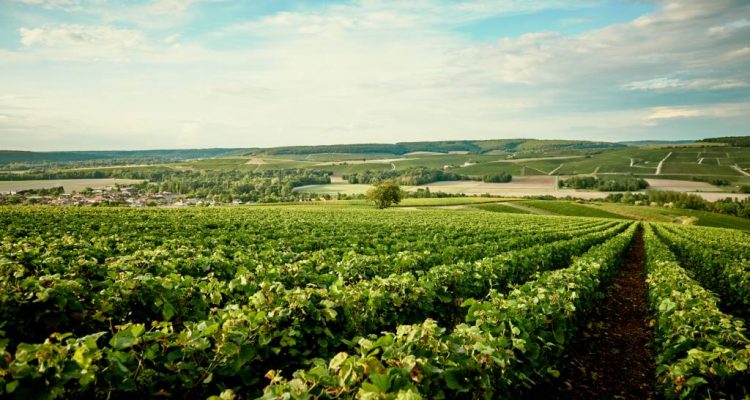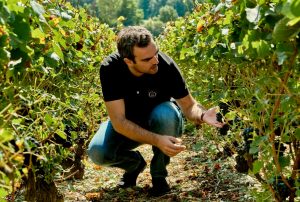A Maison that has made the authenticity of the Aube terroir its distinctive trait. With a story to be discovered
Champagne, which has always been synonymous with refinement and exclusivity, actually has distant roots that date back to the 13th century Crusades. In fact, when he returned from the Holy Land, Comte de Champagne passed through Cyprus and from here he imported a stump of Chardonnay which was then transplanted into the Aube, in the Côtedes Bar. It was the first stump to be planted in all of Champagne region. For this reason it is not the Marne, home of the most famous producers, but the Aube the true origin territory of Champagne. But over the centuries Champagne has been mistakenly associated with the Marne and not with this region. All this for a precise reason: the Marne traders were the first to realize the potential of the Chardonnay grape and immediately bought it from the Aube, becoming the first to sell it in France. And to prevent the Aube from producing the authentic Champagne, after a war they prevented the region of origin, for more than six centuries, from using the name “Champagne”.This is where the story of Comte de Montaigne begins, a Maison that has made the authenticity of the Aube terroir its distinguishing feature. A uniqueness that, together with a determined look to the future, has been able to guarantee the company a growing presence in Italy and internationally. One of the stained glass windows of the Church of Santa Maddalena, in Troyes, portrays Comte de Champagne giving a cardinal the first stump of Chardonnay grapes taken back by the XIII century Crusades and then transplanted into the Côtedes Bar. This image struck a child so much that he gave birth a love and a passion without limits. That child was Stéphane Revol, now CEO of the Maison de Champagne Comte de Montaigne, and that passion generated the true history of the company, which sees the manager and his family as protagonists, committed with determination and pride to enhance the true region of origin of the DNA of the Champagne and return to the old blazon of the company. The terroir of the Côtedes Bar, one of the brand’s identifying features, benefits from a unique microclimate and a terrain with a particular mineral composition. A special habitat, with a temperate, oceanic, semi-continental climate, in which exposure to the sun is limited and the chalky subsoil plays a thermoregulatory and protective function of the vineyard roots. Press, assemblage, fermentation and aging on yeasts, remuage, disgorgement, and dosage are the key phases of the production process, which is carried out by the Maison with the utmost respect for nature’s times to finalize the Cuvées in the sign of quality. And from this virtuous circle born Champagne of character, with a fruity or flowery soul, or with a hint of spices, butter or bread crust: from Brut (70% Pinot Noir and 30% Chardonnay), to Extra Brut (70% Pinot Noir and 30% Chardonnay), Rosé (100% Pinot Noir), Blanc de Blancs (100% Chardonnay) up to Cuvée Special (100% Pinot Noir).






Leave a Reply